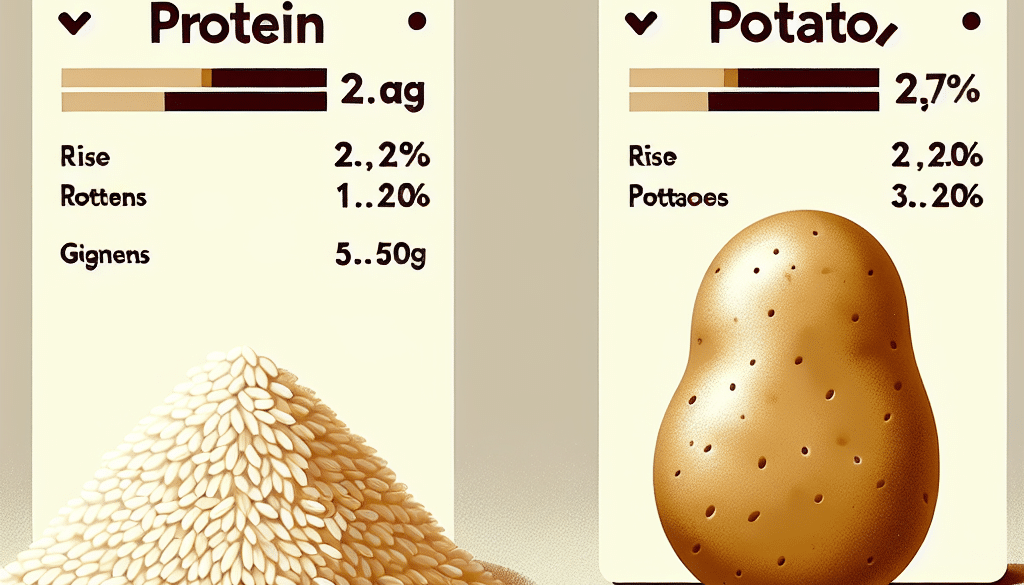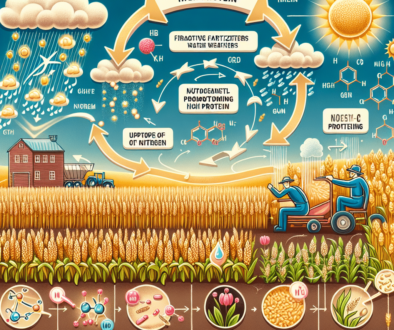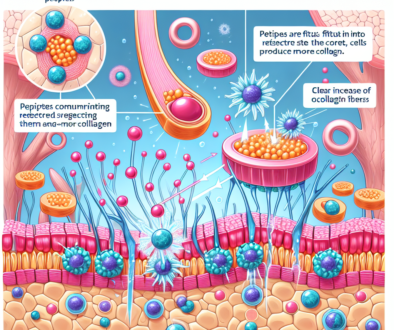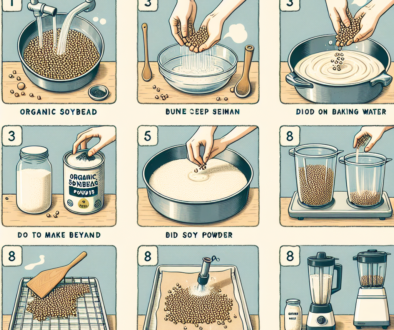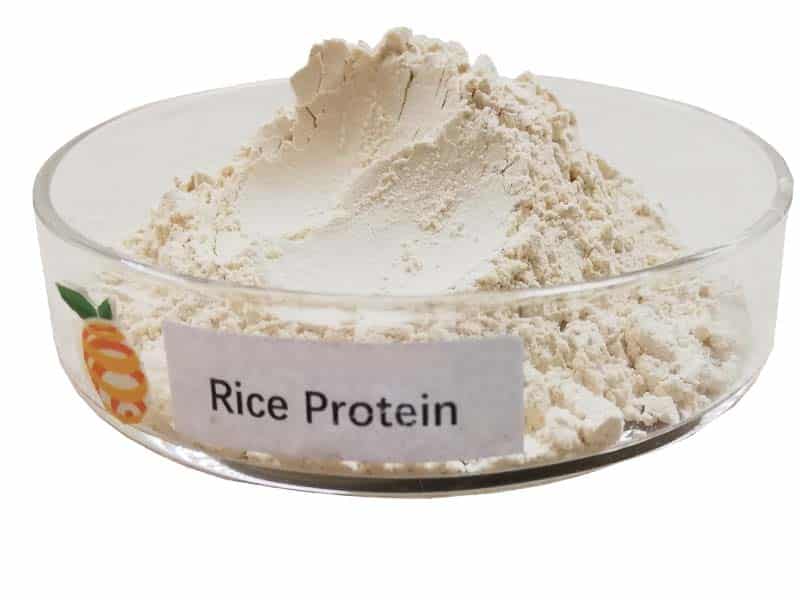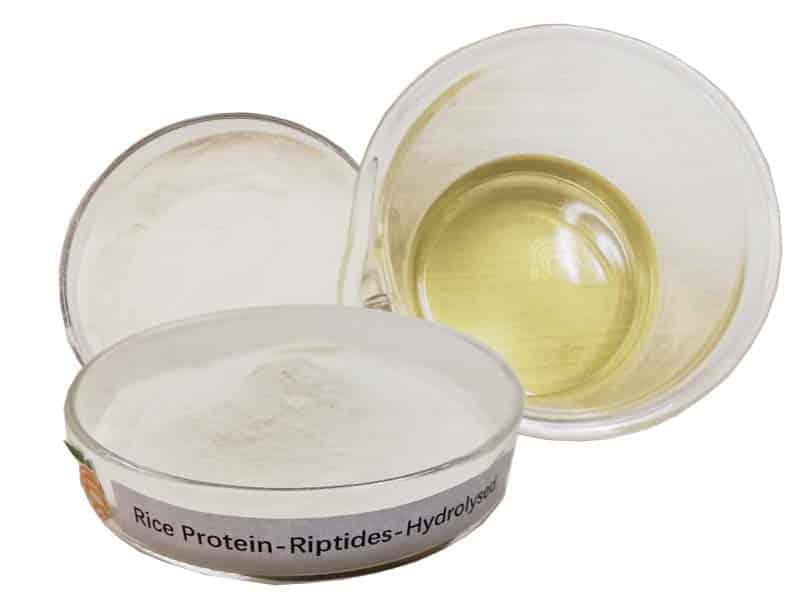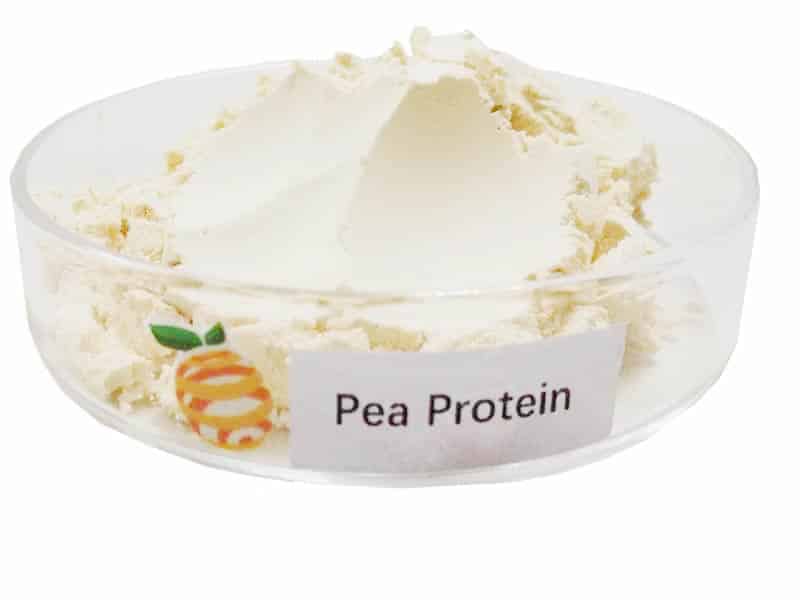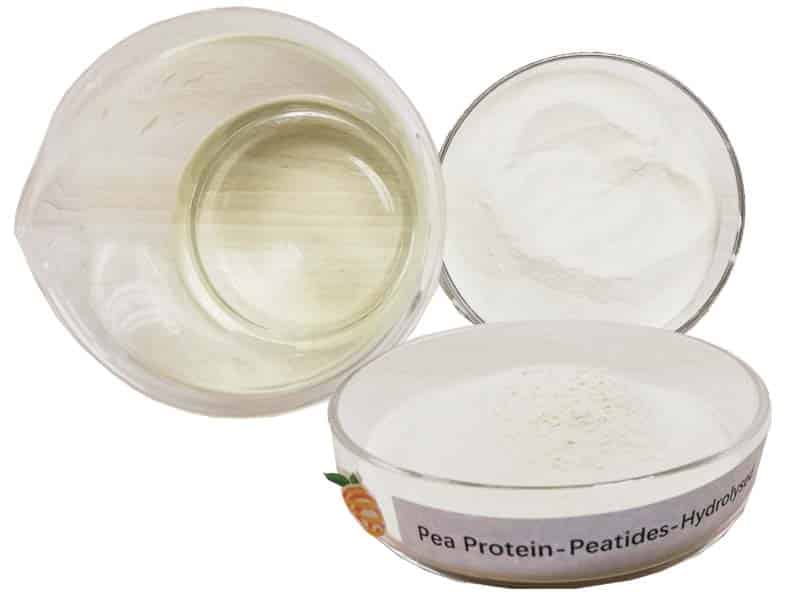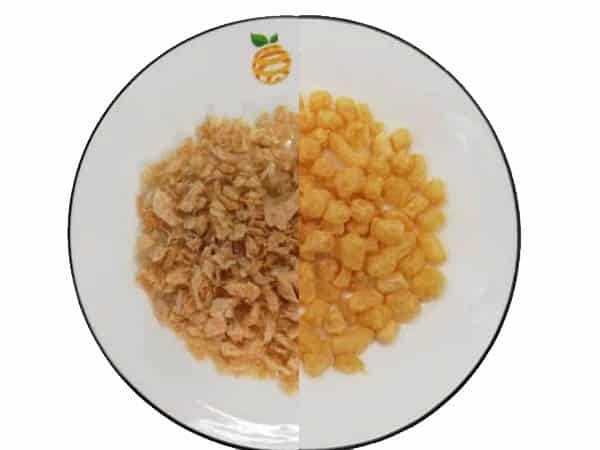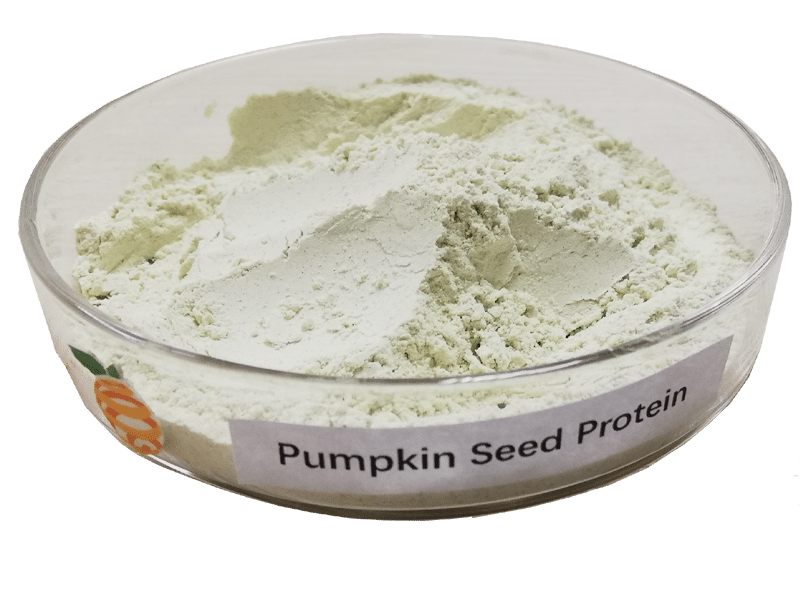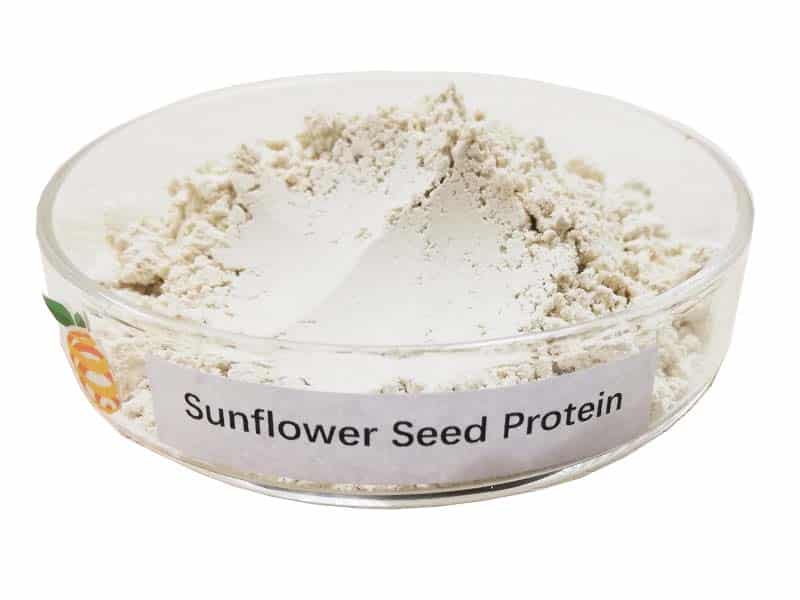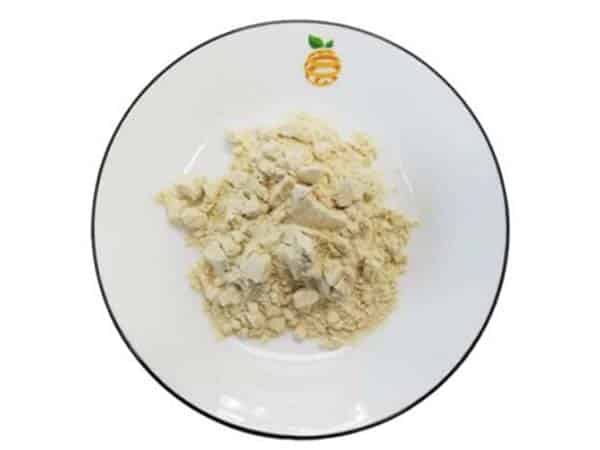Does Rice Or Potatoes Have More Protein?
-
Table of Contents
- Rice vs. Potatoes: Which Has More Protein?
- Understanding Protein in Rice and Potatoes
- Protein Content in Rice
- Protein Content in Potatoes
- Comparing Protein Quality
- Amino Acid Profile of Rice
- Amino Acid Profile of Potatoes
- Nutritional Benefits Beyond Protein
- Nutritional Profile of Rice
- Nutritional Profile of Potatoes
- Practical Considerations in Diet
- Combining with Other Protein Sources
- Portion Sizes and Preparation Methods
- Conclusion: Rice or Potatoes for Protein?
- Discover ETprotein’s High-Quality Protein Products
Rice vs. Potatoes: Which Has More Protein?
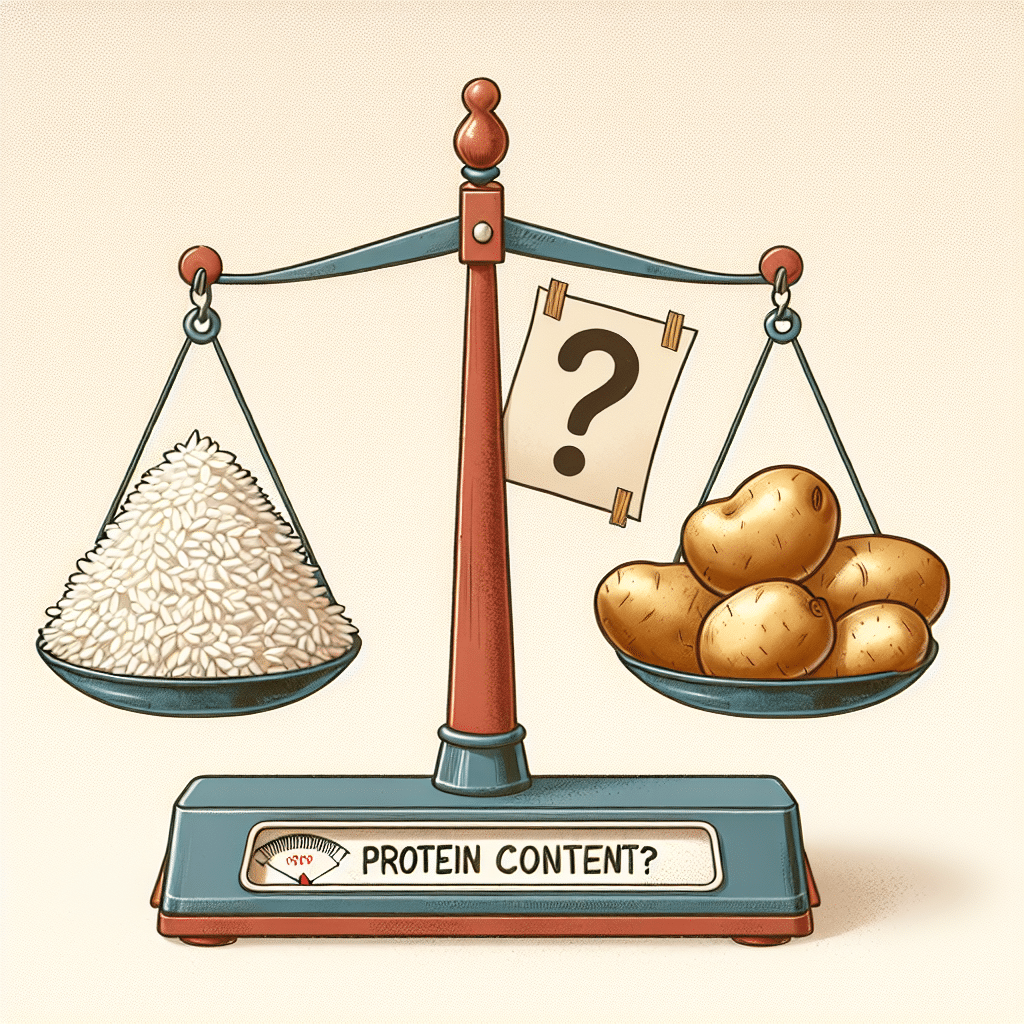
When it comes to choosing carbohydrate sources for a balanced diet, rice and potatoes are two of the most popular staples worldwide. However, beyond their energy-providing carbohydrates, these foods also contain protein, an essential macronutrient for muscle repair, enzyme function, and numerous other bodily processes. In this article, we delve into the protein content of rice and potatoes, comparing their nutritional profiles and discussing which might be the better source of protein for your dietary needs.
Understanding Protein in Rice and Potatoes
Protein is a crucial component of every cell in the body, and getting enough of it is important for health and well-being. Both rice and potatoes contain protein, but the amounts and quality of protein they offer can vary significantly.
Protein Content in Rice
Rice, particularly brown rice, is often considered a healthful part of a diet. It provides a modest amount of protein, with brown rice typically containing slightly more protein than white rice due to its whole grain nature. On average, a cup of cooked brown rice contains about 5 grams of protein.
Protein Content in Potatoes
Potatoes are not typically recognized for their protein content, but they do provide this macronutrient. A medium-sized potato with the skin on contains approximately 4 grams of protein. The skin of the potato contributes additional fiber and nutrients, making it a healthier choice than peeled potatoes.
Comparing Protein Quality
When comparing the protein quality of rice and potatoes, it’s important to consider the amino acid profile. Proteins are made up of amino acids, some of which are essential because the body cannot produce them and must obtain them from food.
Amino Acid Profile of Rice
Rice protein is considered incomplete because it lacks adequate amounts of some essential amino acids, particularly lysine. However, when combined with other protein sources, such as beans or lentils, it can provide a complete protein profile.
Amino Acid Profile of Potatoes
Potatoes, on the other hand, contain all the essential amino acids, making them a complete protein source. However, because the total protein content is relatively low, potatoes should not be relied upon as the sole protein source in a diet.
Nutritional Benefits Beyond Protein
While protein content is an important factor to consider, it’s also essential to look at the broader nutritional profile of rice and potatoes.
Nutritional Profile of Rice
- Carbohydrates: Rice is high in carbohydrates, which provide energy for the body.
- Fiber: Brown rice is a good source of dietary fiber, which aids in digestion and can help lower cholesterol levels.
- Vitamins and Minerals: Rice contains B vitamins, iron, magnesium, and other nutrients, although the levels are higher in brown rice due to the presence of the bran and germ.
Nutritional Profile of Potatoes
- Carbohydrates: Potatoes are also rich in carbohydrates, with the added benefit of being a good source of resistant starch, which may improve gut health.
- Fiber: Potatoes with the skin on are a good source of fiber.
- Vitamins and Minerals: Potatoes are rich in vitamin C, B vitamins, potassium, and other minerals.
Practical Considerations in Diet
When deciding whether to include more rice or potatoes in your diet for protein, consider your overall dietary pattern. Both can be part of a healthy diet, but they should be consumed alongside other protein sources to ensure a balanced intake of amino acids.
Combining with Other Protein Sources
For vegetarians or those looking to increase plant-based protein intake, combining rice with legumes can create a complete protein meal. Potatoes can be paired with dairy or meat to enhance the protein quality of a meal.
Portion Sizes and Preparation Methods
Portion sizes and how these foods are prepared can also impact their healthfulness. For example, fried potatoes or rice dishes loaded with added fats and calories may diminish their nutritional value.
Conclusion: Rice or Potatoes for Protein?
In conclusion, while both rice and potatoes offer protein, neither should be considered a high-protein food. Potatoes have a more favorable amino acid profile, but rice can be part of a complete protein diet when combined with other foods. Ultimately, the choice between rice and potatoes should be based on personal preference, dietary needs, and the inclusion of a variety of protein sources in your diet.
Discover ETprotein’s High-Quality Protein Products
If you’re looking to supplement your diet with additional protein, ETprotein offers a range of high-quality protein products. Their organic rice protein and other plant-based proteins are an excellent way to boost your protein intake, especially if you follow a vegan or vegetarian diet. With a neutral taste and non-GMO, allergen-free attributes, ETprotein’s products are suitable for a wide range of dietary preferences and needs.
About ETprotein:
ETprotein, a reputable protein and L-(+)-Ergothioneine (EGT) Chinese factory manufacturer and supplier, is renowned for producing, stocking, exporting, and delivering the highest quality organic bulk vegan proteins and L-(+)-Ergothioneine. They include Organic rice protein, clear rice protein, pea protein, clear pea protein, watermelon seed protein, pumpkin seed protein, sunflower seed protein, mung bean protein, peanut protein, and L-(+)-Ergothioneine EGT Pharmaceutical grade, L-(+)-Ergothioneine EGT food grade, L-(+)-Ergothioneine EGT cosmetic grade, L-(+)-Ergothioneine EGT reference grade and L-(+)-Ergothioneine EGT standard. Their offerings, characterized by a neutral taste, non-GMO, allergen-free attributes, with L-(+)-Ergothioneine purity over 98%, 99%, cater to a diverse range of industries. They serve nutraceutical, pharmaceutical, cosmeceutical, veterinary, as well as food and beverage finished product distributors, traders, and manufacturers across Europe, USA, Canada, Australia, Thailand, Japan, Korea, Brazil, and Chile, among others.
ETprotein specialization includes exporting and delivering tailor-made protein powder and finished nutritional supplements. Their extensive product range covers sectors like Food and Beverage, Sports Nutrition, Weight Management, Dietary Supplements, Health and Wellness Products, and Infant Formula, ensuring comprehensive solutions to meet all your protein needs.
As a trusted company by leading global food and beverage brands and Fortune 500 companies, ETprotein reinforces China’s reputation in the global arena. For more information or to sample their products, please contact them and email sales(at)ETprotein.com today.

